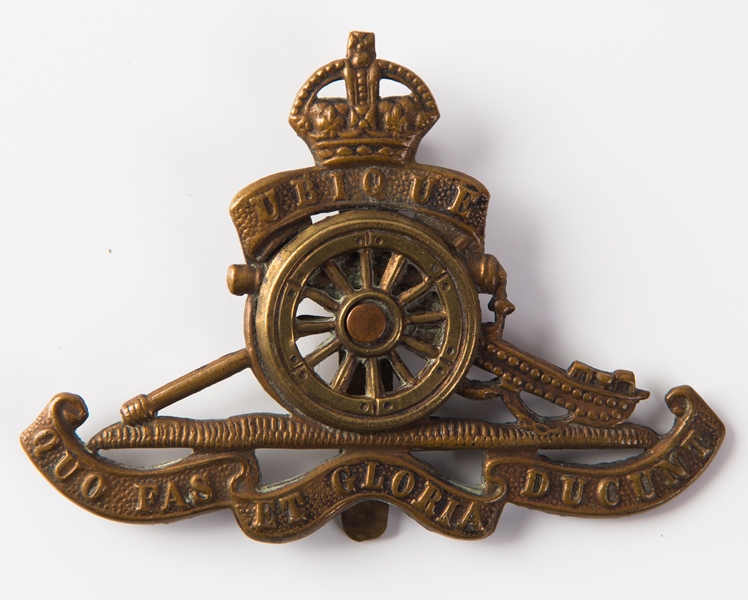Personal Details
Born: 11 November 1887 in Welshpool, Montgomeryshire, Wales.
Family: He married Bella Furnival on 15 December 1905 at St John`s Wesleyan Chapel, Whitchurch, Shropshire. The couple had seven children, William Frederick, Arthur, George Henry, Herbert Hugh, Ivor Edward, Charles Robert and Betty.
Residence: In 1911 he and his family were living at 1 Sandford, Prees, Shropshire. This was also the address given for him on his Attestation in 1915. When he was discharged in 1919 his home was stated as Mount Pleasant, Audlem, Cheshire. By 1939 he had moved to Bath Cottage, Nantwich, Cheshire.
Employment: In 1911 he was a domestic coachman and was still in the same employment at the time of his attestation. In 1939 his occupation was a dairyman making cheese.
Died: He possibly died in 1966 in Crewe, Cheshire.
Military Details
Regiment: Royal Garrison Artillery
Rank: Gunner
Service Number: 97512
Date of Enlistment: 7 December 1915
Date of Discharge: 28 August 1919
Reason for Discharge: No longer physically fit for war service (due to weakened heart following influenza)
William was awarded the Campaign Medals (British war medal and Victory medal) and the Silver War Badge number B289892 on 17 July 1919

The British War Medal (also known as 'Squeak') was a silver or bronze medal awarded to officers and men of the British and Imperial Forces who either entered a theatre of war or entered service overseas between 5th August 1914 and 11th November 1918 inclusive. This was later extended to services in Russia, Siberia and some other areas in 1919 and 1920. Approximately 6.5 million British War Medals were issued. Approximately 6.4 million of these were the silver versions of this medal. Around 110,000 of a bronze version were issued mainly to Chinese, Maltese and Indian Labour Corps. The front (obv or obverse) of the medal depicts the head of George V. The recipient's service number, rank, name and unit was impressed on the rim.
The Allied Victory Medal (also known as 'Wilfred') was issued by each of the allies. It was decided that each of the allies should each issue their own bronze victory medal with a similar design, similar equivalent wording and identical ribbon. The British medal was designed by W. McMillan. The front depicts a winged classical figure representing victory. Approximately 5.7 million victory medals were issued. Interestingly, eligibility for this medal was more restrictive and not everyone who received the British War Medal ('Squeak') also received the Victory Medal ('Wilfred'). However, in general, all recipients of 'Wilfred' also received 'Squeak' and all recipients of The 1914 Star or The 1914/1915 Star (also known as 'Pip') also received both 'Squeak' and 'Wilfred'. The recipient's service number, rank, name and unit was impressed on the rim.

The Silver War Badge was issued in the United Kingdom and the British Empire to service personnel who had been honourably discharged due to wounds or sickness from military service in World War I. The badge, sometimes known as the "Discharge Badge", the "Wound Badge" or "Services Rendered Badge", was first issued in September 1916, along with an official certificate of entitlement.

